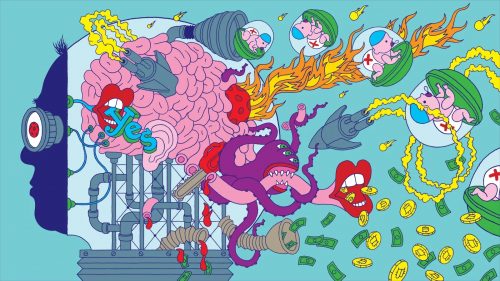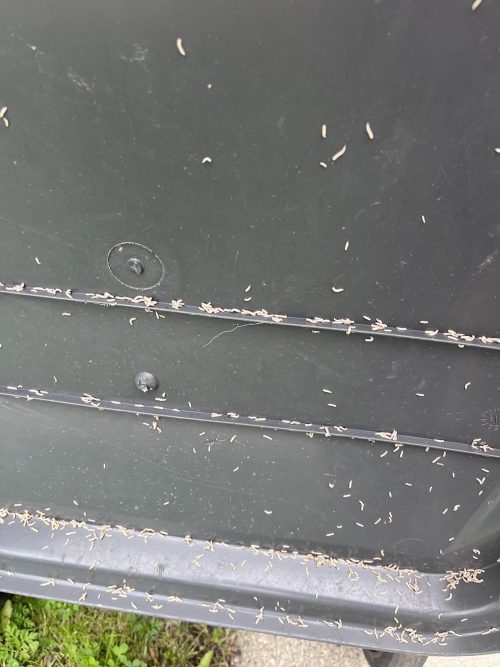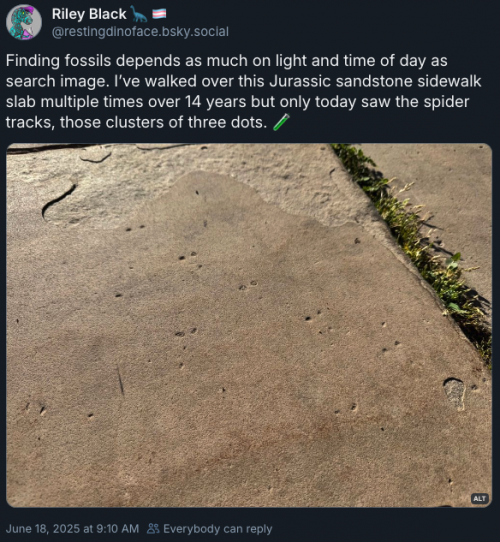China has a space station named Tiangong that we don’t hear much about in US media, which is a shame. The station was launched in part because “Congress passed a law prohibiting NASA from collaborating with China aboard the ISS due to U.S. national security concerns.” More petty nationalism interfering with good science.
Anyway, they swabbed the crew quarters and discovered a novel bacterial species, Niallia tiangongensis. It is, of course, related to a common earth bacterium found in the soil, but it has evolved a few new adaptations.
Niallia tiangongensis exhibits structural and functional variations that mean it is well-adapted to existing in a space station. It possesses the ability to hydrolyze gelatin (break down this protein into smaller components) in a unique way, allowing the protein to be consumed for survival in nutrient-poor environments. In addition, these bacteria are able to form a protective biofilm, activate oxidative stress responses, and promote repair in the face of radiation damage. “This aids their survival in the space environment,” the paper explains.
In case you’re wondering if we’re creating a bacterium gap
, have no fear: novel bacteria have also been found on the International Space Station. These 5 species are completely different from the Chinese species, unsurprisingly — these are new environments, and bacteria are rapidly diverging and adapting.
Five novel species of Gram-positive bacteria that were isolated from the ISS were analyzed. Their generic features and the results of other molecular analyses are presented. These bacteria were obtained from various flights, locations, and time periods, and are associated with different phylogenetic groups. The strain F6_3S_P_1C, which belongs to the Paenibacillus genus, has been identified as a spore-former, while the other four species were identified as non-spore-forming Actinobacteria. Through ANI and AAI analysis, we established closest Earth relatives. Additionally, we performed synteny analysis using all top ANI hits for each of the five organisms, but yielded no results (data not shown), thus indicating all ISS isolates are distinct species.
This is not a surprise. It’s what bacteria (and other living things) do — they adapt and evolve.








